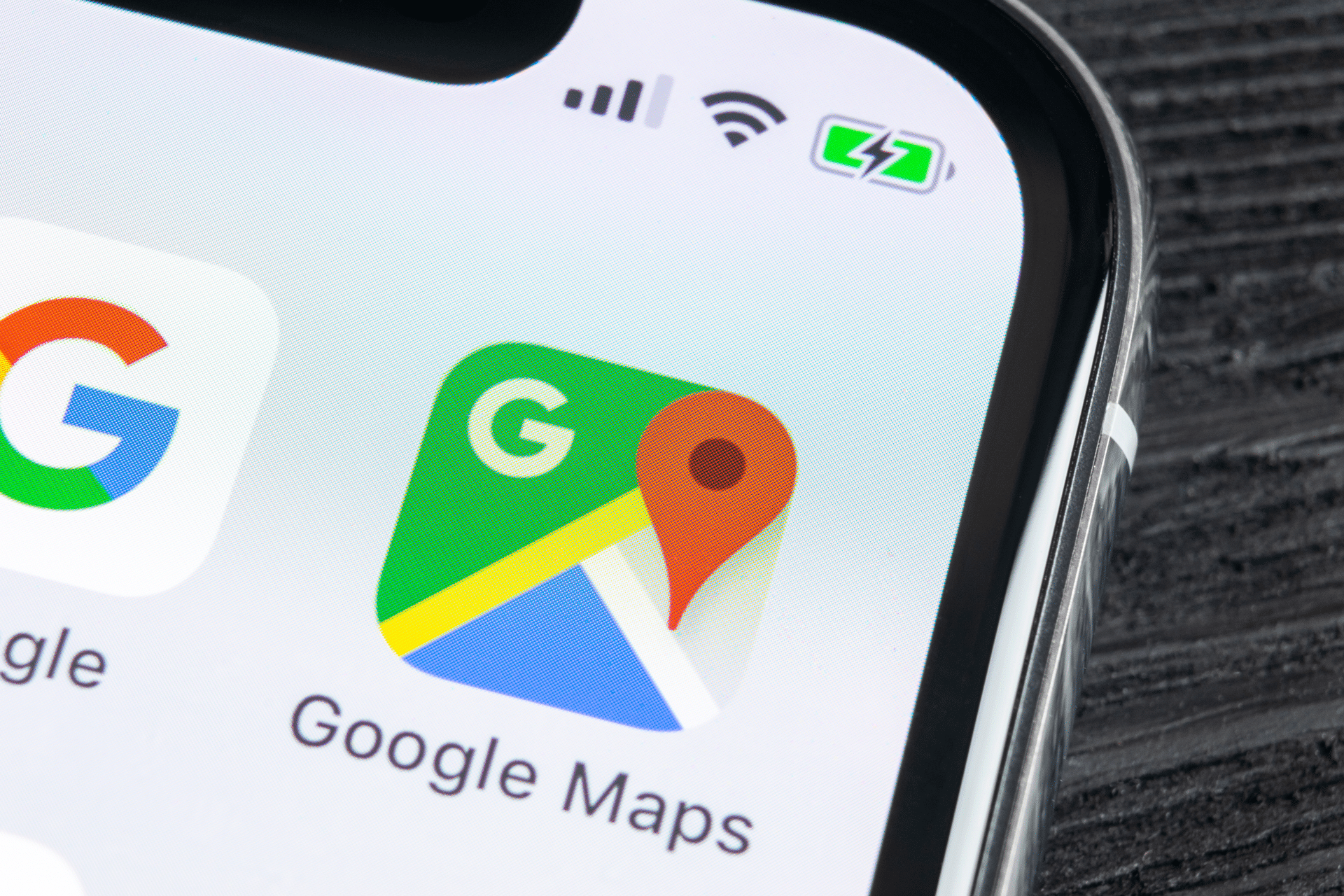Launched on May 8, 2025, this update simplifies trip planning by eliminating the need to manually search for places spotted in screenshots from social media, travel blogs, or news articles. Under the “You” tab, a new “Screenshots” list populates with locations identified by Google Maps Gemini AI, which analyzes text in images to pinpoint places like restaurants or landmarks. Users can review and save these locations via a carousel interface, making it easier to act on travel inspirations buried in their camera roll. Announced in March 2025, per Google’s blog, this feature leverages Google Maps Gemini AI’s ability to extract location data from visible text, such as names or addresses, rather than relying on image recognition alone. The rollout, initially for U.S. English iOS users, requires users to grant Google Maps access to their photo library, with an opt-in auto-scan option or manual import for privacy-conscious users. Posts on X from @googlemaps and @iPhone_News highlight the feature’s convenience, noting its potential to streamline vacation planning.
The Google Maps Gemini AI screenshot feature addresses a common pain point: forgetting about screenshot-worthy places. Many users capture images of intriguing destinations—a café from a TikTok reel or a museum from a blog—only to lose track of them in their photo gallery. With Google Maps Gemini AI, these screenshots are transformed into actionable plans. For example, a screenshot of a restaurant’s webpage with its name and address can be automatically added to the Screenshots list, complete with a map listing and details like hours or reviews. Users can then save these to custom lists, share them with travel companions, or get directions instantly.
This feature enhances Google Maps’ utility for both casual explorers and frequent travelers. By automating location saving, Google Maps Gemini AI reduces the friction of manual searches, which often require recalling exact names or digging through photos. As 9to5Google notes, the feature’s privacy controls—requiring explicit photo access permission—ensure users retain control, addressing concerns about automatic scanning. The ability to move saved places to other collections further boosts organization, making trip planning seamless.
How It Works: A Technical Look
To use the Google Maps Gemini AI screenshot feature, users navigate to the “You” tab in Google Maps, where a “Screenshots” badge prompts them to try it out. A demo video illustrates the process: Google Maps Gemini AI scans screenshots for text-based location data, such as “Café Blue, 123 Main St.” If a match is found, the app pulls the corresponding Google Maps listing. Users access a “Review” interface to save or discard suggestions, with saved places stored in the private Screenshots list. The feature requires the latest Google Maps version and is off by default, needing photo access permission, as detailed in Google’s blog.
Google Maps Gemini AI, part of Google’s AI model family, excels at parsing text for context, similar to its use in Gmail for email summaries. Unlike image-based AI, it relies on readable text, ensuring accuracy for locations with clear names or addresses. The feature supports manual imports for users avoiding auto-scanning, offering flexibility. MacRumors adds that the carousel interface lets users browse captures, with Google Maps Gemini AI providing additional details like ratings or photos from Maps’ database.
Strategic Edge in Navigation
This Google Maps Gemini AI feature strengthens Google Maps’ position against competitors like Apple Maps, which lacks a comparable screenshot-scanning tool. While Apple Maps uses Look Around data to train Apple Intelligence, as reported by AppleInsider, it hasn’t integrated AI-driven features into navigation as aggressively. Google’s earlier adoption of Google Maps Gemini AI—seen in features like review summaries and trip idea generation—gives it an edge in user convenience, especially for iPhone users who might otherwise rely on Apple’s ecosystem.
The feature also aligns with Google’s broader AI push. Gemini’s integration into apps like Gmail and YouTube, per Google’s I/O 2024 announcements, shows a commitment to embedding AI across services. For Maps, this means smarter, context-aware tools that anticipate user needs. The screenshot feature’s U.S.-only iOS rollout, with Android support planned, suggests Google is testing its appeal among iPhone users, a key demographic given Apple’s market share.
Challenges and Considerations
Despite its promise, the Google Maps Gemini AI feature has limitations. It depends on visible text, so screenshots lacking clear location data—like images of scenery without captions—won’t register. Privacy concerns may deter some users, though Google mitigates this with opt-in settings and no automatic scanning without permission, as clarified by Android Central. The iOS exclusivity, noted by 9to5Google, could frustrate Android users awaiting access, and the feature’s English-only U.S. rollout limits global adoption.
Users must also manage photo library clutter, as excessive screenshots could overwhelm the review carousel. Posts on X from @the_hindu suggest enthusiasm but note the need for broader language support. Additionally, while Google Maps Gemini AI is precise for text-based locations, it may struggle with ambiguous or poorly formatted screenshots, requiring user oversight.
Looking Ahead
Google plans to expand the Google Maps Gemini AI screenshot feature to Android and additional languages, per Google’s blog, potentially by late 2025. Future updates could enhance its capabilities, such as recognizing locations from image content or integrating with Gemini’s trip-planning tools, like AI-generated itineraries. As Google Maps evolves, features like hotel price tracking and AI Overviews, mentioned in 9to5Google, suggest a holistic travel planning ecosystem.
For iPhone users, Google Maps Gemini AI makes Google Maps a more compelling alternative to Apple Maps, especially for those who screenshot travel ideas. By turning fleeting inspirations into saved places, this feature enhances convenience and positions Google Maps as a must-have for tech-savvy travelers.











